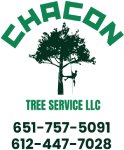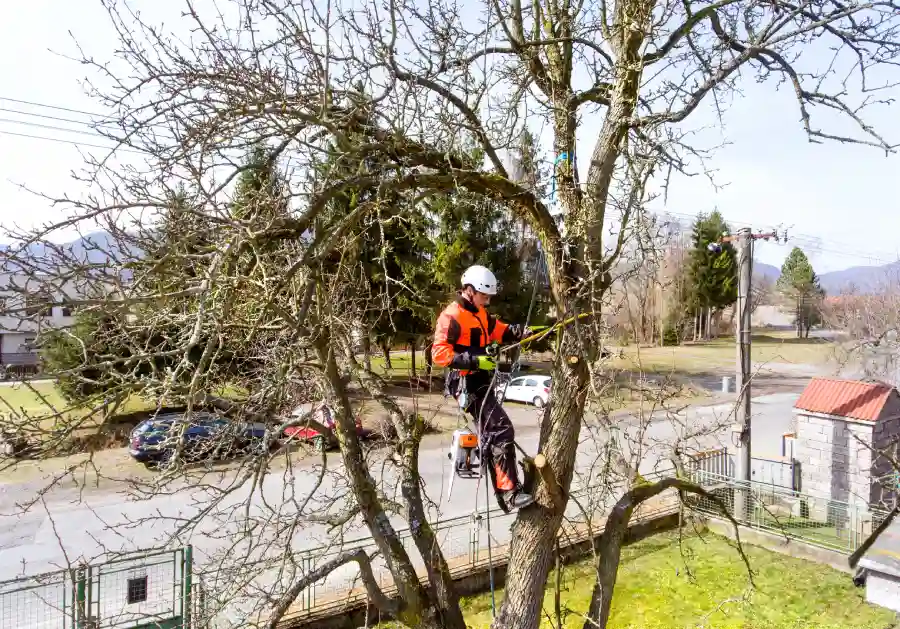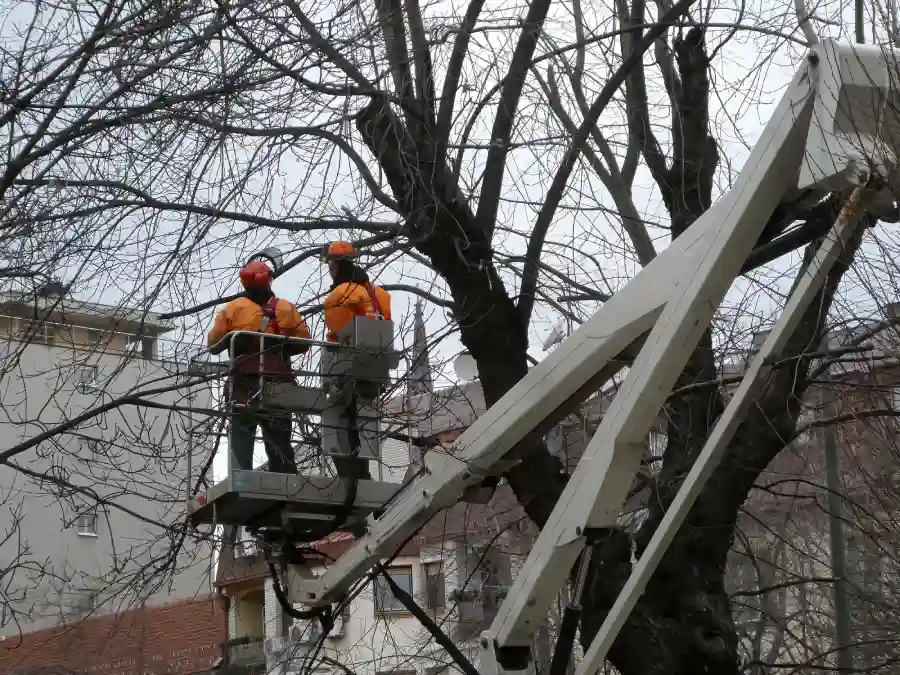The Importance of Proactive Tree Hazard Assessment
Trees provide beauty and environmental benefits to our landscapes, but they can also pose dangers if not properly maintained. Identifying tree hazards before emergencies happen is crucial for ensuring safety. Being proactive helps prevent potential damage during storms or strong winds. By understanding what makes a tree hazardous, you can take steps to protect your home and community.
Recognizing Potential Tree Risks
It is essential to spot potential risks in trees early on. Some signs of trouble include dead branches, cracks in the trunk, and leaning trees. If left unchecked, these issues might lead to falling limbs or even entire trees coming down unexpectedly. Regularly inspecting trees for such signs is a proactive way to avoid relying on emergency tree service after an incident occurs.
The Role of Environment in Tree Health
The surrounding environment plays a significant role in the health of trees. Soil quality, water availability, and exposure to pollutants are all factors that can affect tree vitality. Trees weakened by poor environmental conditions are more likely to become hazardous. Hence, maintaining healthy soil and providing adequate water can prevent future problems.
The Impact of Weather Conditions
Extreme weather conditions like heavy rain, snow, and high winds can exacerbate existing tree hazards. Trees with structural weaknesses are particularly vulnerable during such events. Having a professional evaluate your trees before severe weather strikes can mitigate the need for emergency tree service by addressing vulnerabilities beforehand.
Understanding the Benefits of Regular Maintenance
Regular maintenance is key to keeping trees safe and healthy. Pruning dead branches, treating diseases early, and ensuring proper nutrient supply helps trees withstand adverse conditions better. This reduces the risk of unexpected hazards and extends the lifespan of your trees.
Common Mistakes in Tree Care
Avoiding common mistakes can further enhance tree safety. Over-pruning, improper planting depth, and neglecting pest control are errors that contribute to tree instability. Using correct techniques ensures healthier growth and minimizes the chance of developing hazards.
Expert Tips for Tree Risk Reduction
Consulting with arborists is a smart move for optimal tree care. Experts can offer guidance on selecting resilient tree species, implementing protective measures, and ongoing monitoring strategies. By following their advice, you empower yourself with knowledge that helps in preventing emergencies.
- Select disease-resistant species when planting new trees.
- Avoid planting too close to buildings or power lines.
- Schedule regular inspections by certified arborists.
Regulations and Standards in Tree Management
There are regulations governing tree management practices aimed at public safety. These standards dictate how trees should be pruned and maintained within urban environments. Adhering to these guidelines not only enhances safety but also aligns your property management with legal requirements.
Investing in Long-Term Solutions
While initial costs may seem significant, investing in proper tree care has long-term financial benefits. Healthy trees add value to properties by enhancing curb appeal and reducing energy costs through natural shade. Additionally, avoiding emergency services saves money down the line.
Engage With Professional Guidance Today
If you’re concerned about tree hazards near your home, it’s time to take action. Contact Chacon Tree Service LLC at (651) 757-5091 for expert consultation on assessing your property’s needs. Our team serves communities throughout St Paul, MN, focusing on safety and sustainability for every client we assist.


